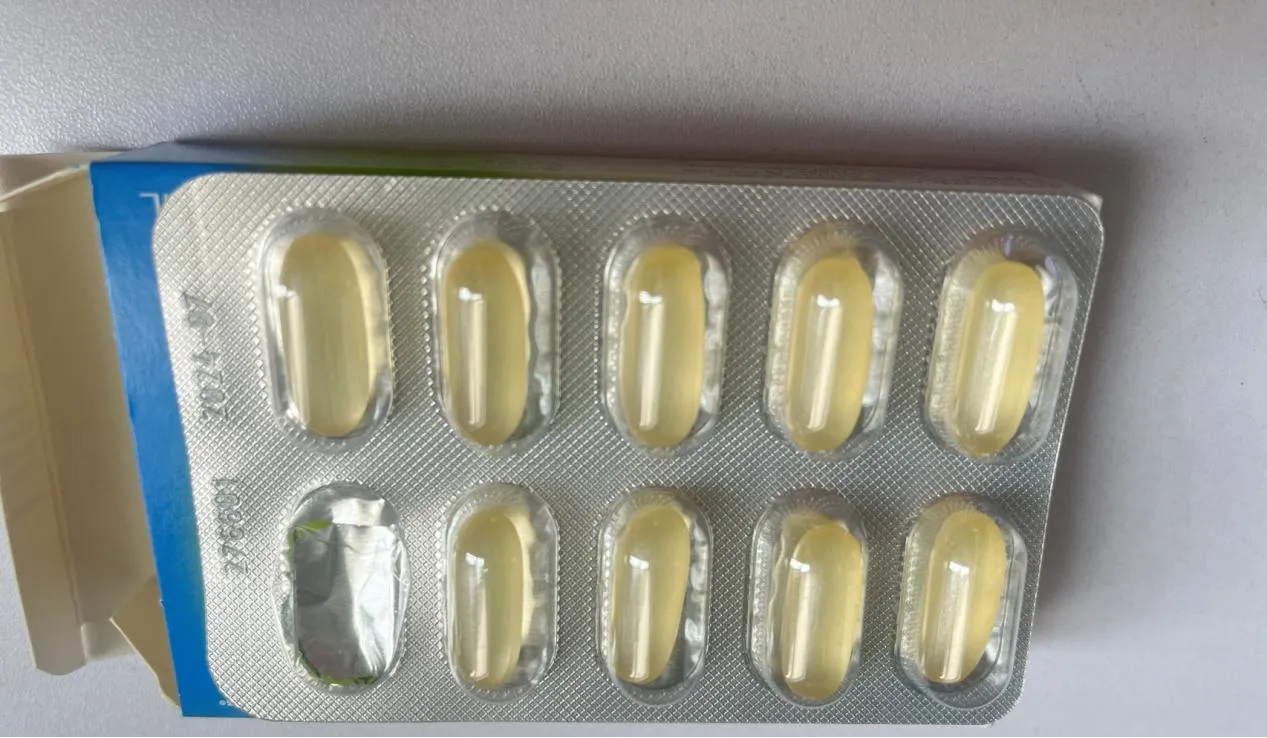
Unlocking the Potential of HPMC in Modern Industry
Diverse Applications of HPMC Derivatives
Hydroxypropyl methyl cellulose (HPMC) is a highly versatile compound used across pharmaceuticals, food, and construction. With growing demand, many suppliers now offer HPMC for sale in various grades to suit specific applications. Among the most commonly used grades is HPMC E5, a low-viscosity variant ideal for film-forming and binding in tablet formulations.
Another advanced derivative is HPMC acetate succinat, designed for controlled drug release. Its excellent enteric coating properties make it suitable for protecting active pharmaceutical ingredients from stomach acid, ensuring targeted delivery. These modified forms of HPMC are engineered for precision and performance in both solid and liquid formulations.

Understanding the HPMC chemical structure is key to appreciating its versatility. Composed of cellulose modified with methoxy and hydroxypropyl groups, HPMC offers a unique balance of solubility, film-forming ability, and thermal stability. This structure allows it to perform consistently under a range of temperatures and pH levels.
HPMC in Film Coating and Beyond
One of the standout features of this polymer is its effectiveness in Lớp phủ màng HPMC. It creates a smooth, protective layer around tablets, improving their appearance, masking taste, and enhancing shelf stability. Its non-toxic, water-soluble nature also aligns with the growing demand for clean-label, sustainable pharmaceutical solutions.

In addition to pharmaceuticals, HPMC is used in food as an emulsifier and thickener, in cosmetics for texture and moisture retention, and in construction for water retention and workability in mortars and plasters.
From HPMC E5 to HPMC acetate succinat, and through applications like Lớp phủ màng HPMC, this cellulose derivative continues to meet the evolving needs of modern industries. Its adaptable chemical structure and widespread availability make it a go-to solution for manufacturers seeking high-quality, multifunctional ingredients. As the market expands, the demand for reliable HPMC for sale is only set to grow.
-
Hydroxypropyl Starch as a Sustainable Construction AdditiveNewsNov.24,2025
-
The Gelation Properties of CMCNewsNov.21,2025
-
Redispersible Latex Powder and Water Retention CapacityNewsNov.21,2025
-
Dosage Control for Polycarboxylate Water ReducerNewsNov.21,2025
-
Film-Forming Properties of Polyvinyl AlcoholNewsNov.21,2025
-
The Function of Gypsum Additives in MortarNewsNov.21,2025





















